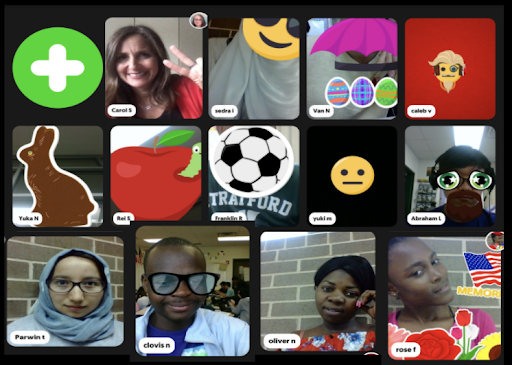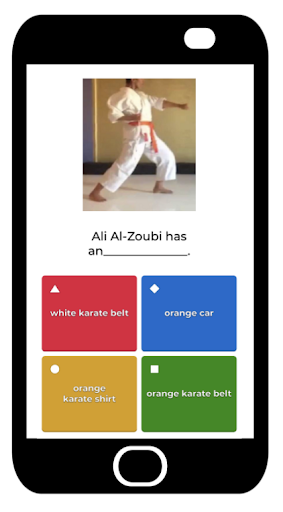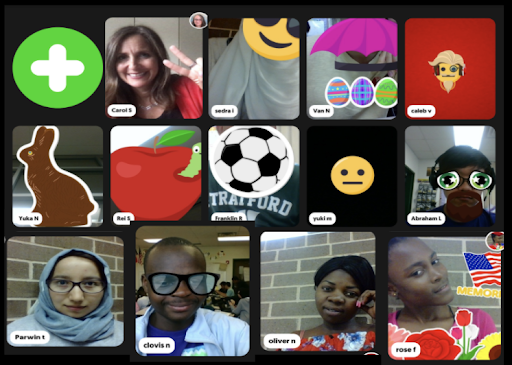Many parts of the world are going back to school. It will be a challenging school year but teachers will still want to cultivate a positive classroom culture. In this episode I offer ideas for starting the school year whether we are online or in person.
Here are 3 ways to get this content. You can read the following post which is reprinted with permission from the Seidlitz Education blog.
I also have this 17 minute video and an audio podcast below if you prefer that.
Listen to “BAP079 Tips to a Strong Start During COVID19” on Spreaker.
Cultivating a positive classroom climate, setting our norms, and getting off to the right start has an impact on how students interact throughout the year (Wong, 2005). The need for structure and a welcoming environment does not change as we shift to being physically distant or online. This is critically important to keep in mind as we enter a school year like no other. This year comes with unique challenges at every turn. While each school’s reality may be different, we have some common truths that remain important as we strive to cultivate an environment where all students have the best shot at learning.
To that end, I have five non-negotiables for my first days of school, and this blog will outline how you can do them in a digital or physically distanced classroom:
- Low Stress Introductions
- Teacher #SelfieKahoot
- Class #SelfieKahoot
- Instead of IDK Poster
- Create a Social Contract
Tech with ELs, Even in the Face-to-Face Classroom
Many teachers will begin the school year online, but even those who are going back to their classrooms this fall will be doing their best to physically distance our kids for everyone’s safety.
There are many tech options that can help, but I am only going to focus on Kahoot and Flipgrid. These two platforms are easy to use for the educator and the student. Please don’t feel inadequate if you don’t have a fancy virtual classroom with clickable links. That’s not what’s important. What is important is connecting with your students and helping them feel valued in your learning space.
Kahoot and Flipgrid can help us create a positive classroom environment, leveraging technology that many teachers already use (or that is simple to learn). These platforms should be valuable throughout the school year, as they have so many possibilities for comprehensible input, low-stress opportunities for output, higher order thinking, and building community.
KAHOOT
With Kahoot you can create games online. Many teachers create multiple choice games to review content, but we can do so much more with it! This webinar gives examples of the many ideas for distance learning.
FLIPGRID
Flipgrid uses video and voice for social learning. The platform is easy to use, and they are rolling out even more features like an immersive reader for students that need directions read aloud.
Five Tips for a Strong Start — Then and Now
You’ll likely find that my five keys to a strong start can be valuable in any classroom. I have written extensively about this, but in this post I just want to remind you that these two platforms can help us do many of our tried and true back to school rituals with technology for keeping our kids at a safe distance.
The tables show how we did each activity “then” (before the pandemic began) and how we can do them now. Use the sliders to see images of the “then” and “now” versions of each activity!
1. Low-Stress Introductions
Then:
- We introduced ourselves with rehearsed phrases.
- We shared about our heritage languages and our names using sentence starters.
- We made name tents and walked around the class to find a partner for practice.
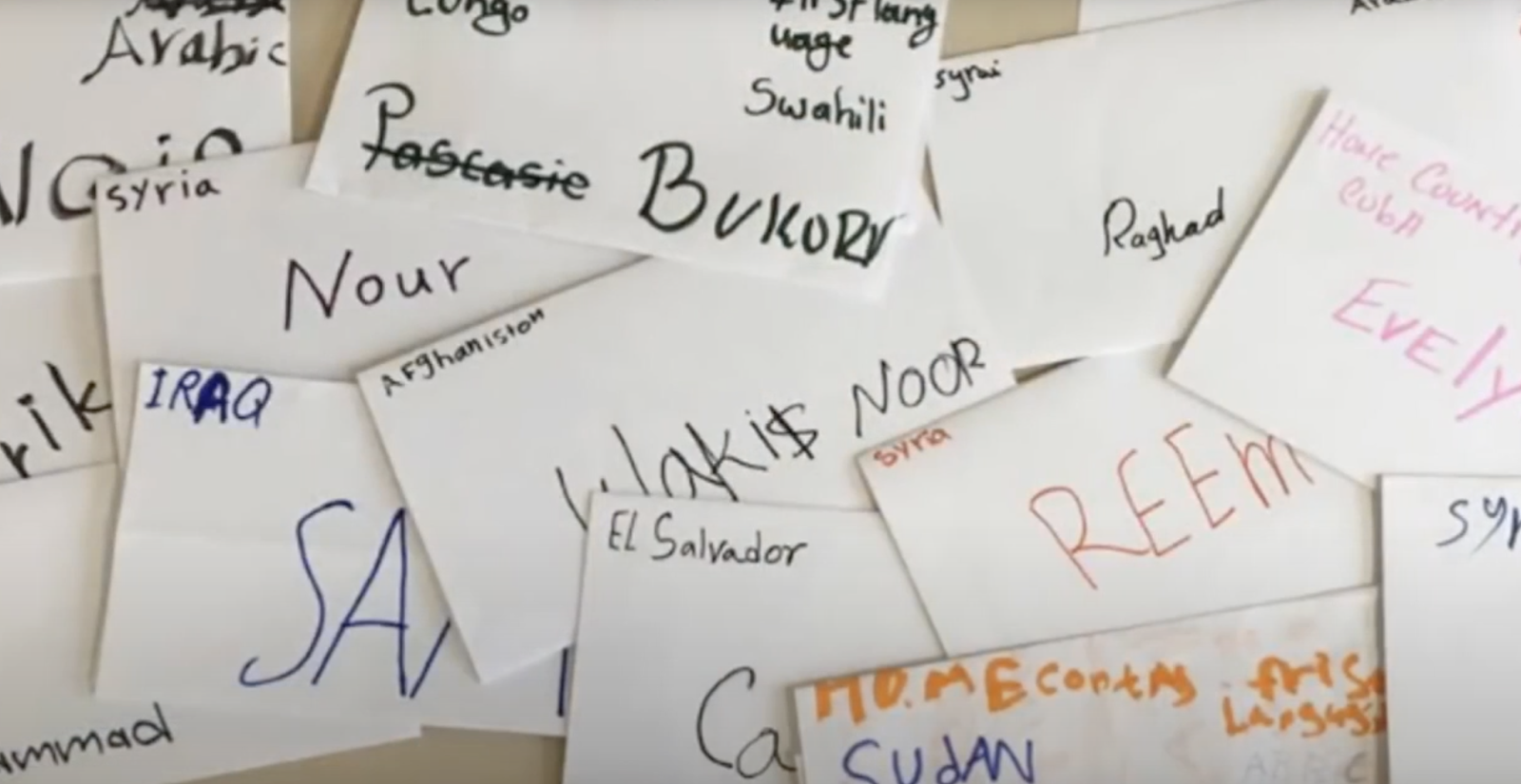

Now:
- We still introduced ourselves with rehearsed phrases.
- We still shared about our heritage languages and our names using sentence starters.
- Different: Our introductions can start on the class Flipgrid or in a breakout room after students have an opportunity to practice.
2. Teacher #SelfieKahoot
Then:
- I created a Kahoot about myself, and we played it as a guessing game.
- We played it more than once to establish routines for oral language practice and tracking print
- We shared about our heritage languages and our names using sentence starters.
- It happened in class.

Now:
- I can still create a Kahoot about myself
- We can still play it more than once to establish routines for oral language practice and tracking print
- We can still shared about our heritage languages and our names using sentence starters.
- Different: This can happen over ZOOM, We can add guesses to the chat. We can send it home now.
3. Create a Class #SelfieKahoot & Play It
Then:
- Students used paper templates to offer one trivia question about themselves.
- I created a few Kahoot games with trivia about the students to honor them
- We played to practice choral reading and tracking print.
- It happened in class.


Now:
- Students can still use paper to draw and write their trivia question.
- Different:We might let students share about themselves on the class Flipgrid.
- I can still create the Kahoot games about the students.
- We can still play it practice choral reading and tracking print.
- DIfferent:We can play it online and I can also send it home now (great preview for using it with content)
4. Instead of “I Don’t Know” Poster
Then:
- We created an “Instead of IDK” poster together.
- Newcomer students and more proficient students alike were expected to use one of the sentences instead of saying “I Don’t Know” when called upon.
- We discussed the value in this.
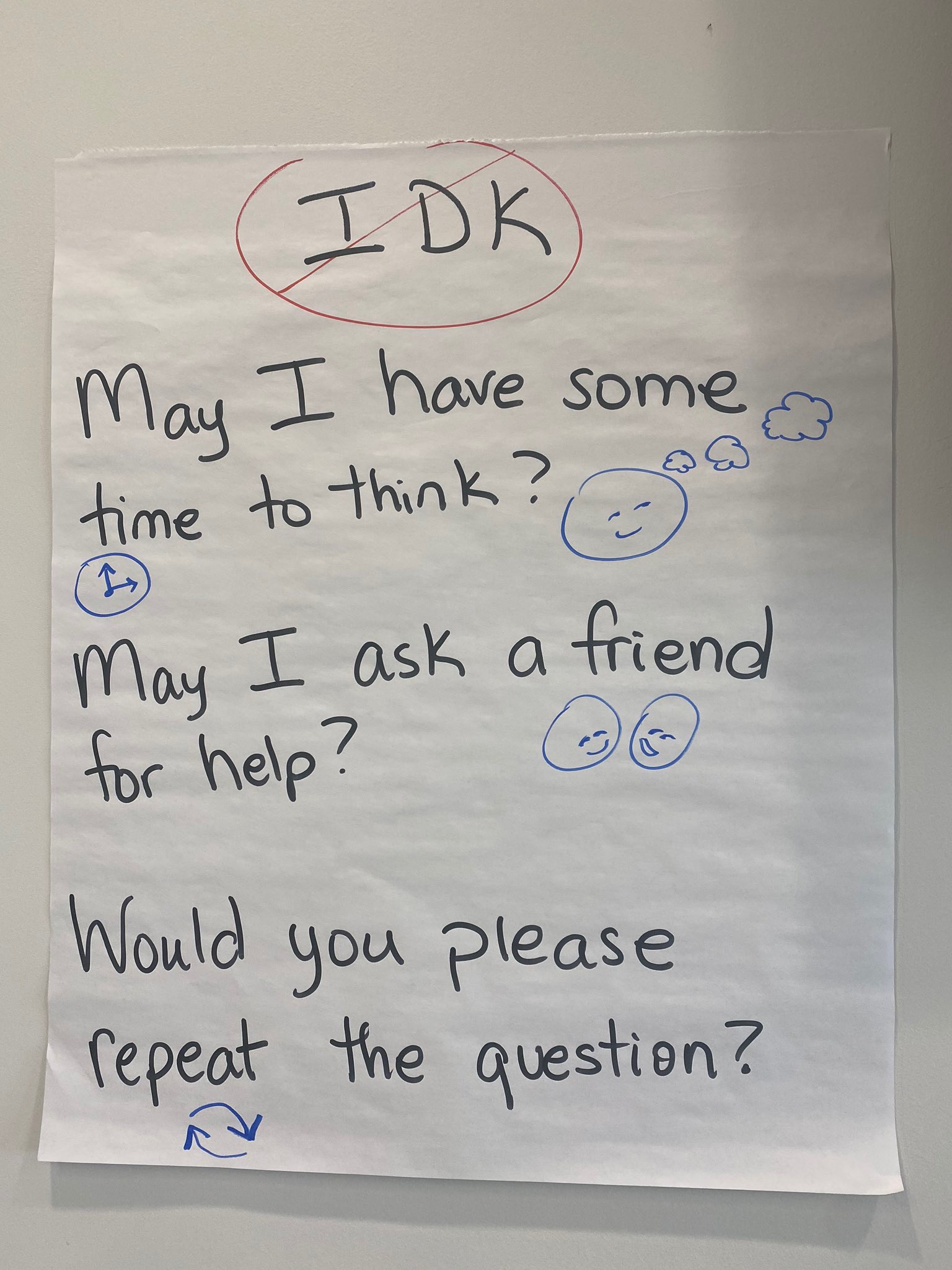
Now:
- We can still created an “Instead of IDK” poster together.
- All students can still practice these responses.
- We can still directly teach and discuss the value in this.
- Different:I will make sure they have it in a digital format and that I display it often in my Zoom meetings
5. Create your classroom norms WITH Your Students
(More on creating a social contract here.)
Then:
- Students use sentence starters to answer questions about how they want to be treated and how they should treat each other.
- Norms adapted from Capturing Kids’ Hearts program are developed and agreed upon by the class.
- Class discussions happened in small groups with large group share-outs.
- The contract was developed on the board after consensus, and we signed the contract.

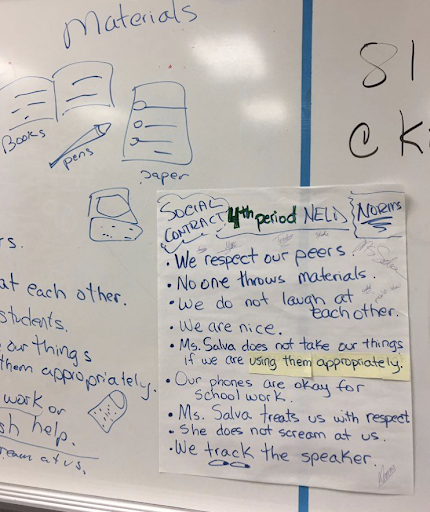
Now:
- We can still use sentence starters to help students answer questions about how they want to be treated and how they should treat each other.
- Norms can still be developed and agreed upon by the class.
- Different: Students will add their thoughts on the Flipgrid for initial input. The contract will be developed digitally in a synchronous meeting (in-person or online) from student Flipgrid input to reach consensus. Use another round of Flipgrid responses to document everyone’s agreement.
Our situation this year is not ideal. It may even be chaotic and frustrating. That is all the more reason to keep your tech simple for your own sanity and to keep a focus on how everyone feels and functions in our learning spaces. I hope these ideas have helped you think of ways to connect with your students and give them voice this year. How they feel.. and how YOU feel, should superceed everything as we start the school year. It always has.
You may want to explore this padlet with many more resources around this topic:
Thank you for everything you are doing.
Sending you positive vibes for a good start to the year.
Carol
PS: Want to join me for an upcoming workshop? Check out Upcoming Events!
References
Wong, H. K., Wong, R. T., & Seroyer, C. (2009). The first days of school: How to be an effective teacher. Mountain View, CA: Harry K. Wong Publications.


